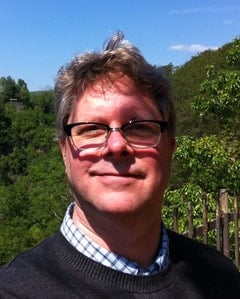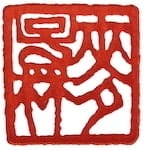Coherence and Patterning
How does acupuncture work?
We hear this question all the time. From our patients, from someone we just met at a neighborhood BBQ, from out parents, and if we are honest— ourselves.
The ancient Chinese mind that conjured up acupuncture did not consider nerve pathways, endocrinological response or brain chemistry.
The ancient Chinese mind looked out into nature and used that reflection to dream into the body. They considered the natural tides of expansion and contraction. The formed and the unformed, and how physical form arises from an unseen patterning that leaves its trace, like wind on deserts sands.
In this conversation with Ed Neal we discuss the importance of Chinese medicine terminology, the essential role of 理 a kind of patterning from which manifest reality arises and how the Nei Jing can help us orient to the constant unfolding of life through time-space and motion.
In This Conversation We Discuss:
- The liu jing are both the divisions in the body and a kind of patterning in nature
- Resonances in nature
- Issues of terminology in Chinese medicine and how it causes issues with innovation or research
- What is Qi?
- There was a disruption in the development of acupuncture early on
- The Nei Jing is a compilation text that recorded the experience of different doctors and schools
- The seen and the unseen, and space-time motion
- The motion of five is circular and heavenly, the motion of six is more like a wave and relates to the physical earth
- Nature constructs its forms to facilitate the patterns that more through them
- The six primary graining patterns in the human body are the six confirmations
- The impairment might be in one place, but the expression of it might be in another
- One way to understand 正 Zheng is that circulation is moving in its normal pattern
- Considering autoimmune disease
 I began my medical life as a Western-trained physician but very early on began to study Chinese medicine as I became interested in the general research topic as to why certain patients did not respond to treatments. At that time, I felt that good place to start was to examine traditional medical practices that had been in continua ous practice for long periods of time. Chinese medicine is one of the longest-practiced medicines in human history. It also has a strong theoretical system and its practices have been carefully documented by many physician-scholars. This, plus an interest in Asian culture, led me to begin my research here.
I began my medical life as a Western-trained physician but very early on began to study Chinese medicine as I became interested in the general research topic as to why certain patients did not respond to treatments. At that time, I felt that good place to start was to examine traditional medical practices that had been in continua ous practice for long periods of time. Chinese medicine is one of the longest-practiced medicines in human history. It also has a strong theoretical system and its practices have been carefully documented by many physician-scholars. This, plus an interest in Asian culture, led me to begin my research here.
I began my studies with Dr. Anita Cignolini a physician from Milan, Italy. Dr. Cignolinii was a very skillful physician who had studied acupuncture in China in the mid 1970’s. At that time, the rise of TCM had not overtaken the information of the medical classics as a source of knowledge for the older experienced physicians. My questions to her were answered by quotes from the medical classics and so I learned their importance from the beginning. When I began my translations of the Neijing in the late 1990’s I was immediately struck with what a profound description they gave. I was also surprised at how different these descriptions were from modern practices and understandings.
As a physician working in the hospital I used these techniques in patients with higher severities of illness and this work showed me how powerful these approaches could be.
Links and Resources:
Find out more about Ed’s work at the Xing Lin Institute
